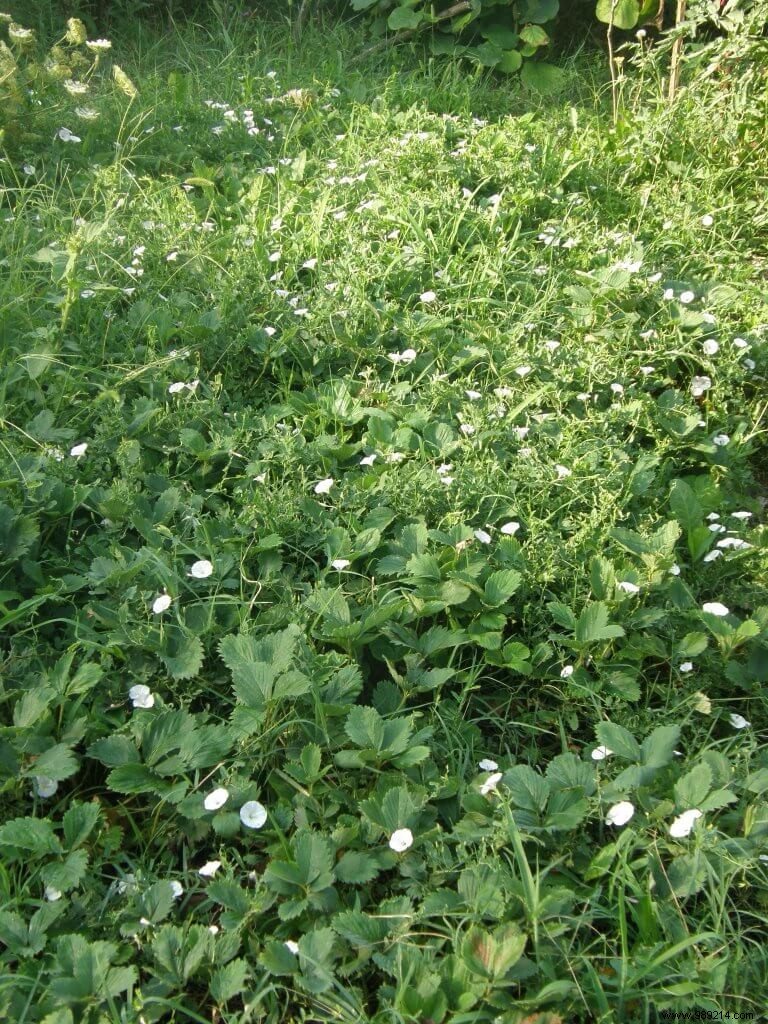10 techniques to put in place in your garden to limit chemical inputs and why not, do without them!
Let's see the management of invasive plants
Invasive plants can harm the development of other plants in the garden. If the aerial parts of these plants are troublesome, their root system helps the life of the soil.
Tilling the soil provides organic matter. At the death of the plants in whole or in part (death of certain roots, fall of flowers, leaves, etc.) and of the microfauna found there, the soil finds itself with a natural supply of organic matter which will quickly become a food source for soil inhabitants, worms, larvae, but also bacteria and fungi.
When the plant dies, the cavities left free by the dead roots are used for the circulation of water and air (soil macroporosity) essential to all life.
However, to avoid the proliferation of so-called undesirable weeds, the mechanical removal of their aerial part, the cutting of flowers before the seeds bolt, and the mulching of the soil are control methods that no longer need to be demonstrated.
1. the plant adapted to its environment
2. Biodiversity
3. soil fertility
4. Irrigation management
5. mulching
6. Managing invasive plants
7. the right gestures at the right times
8. The right tool, adapted, maintained
9. Companion plants
10. Crop rotation:2 years of vacation!
Conclusion
